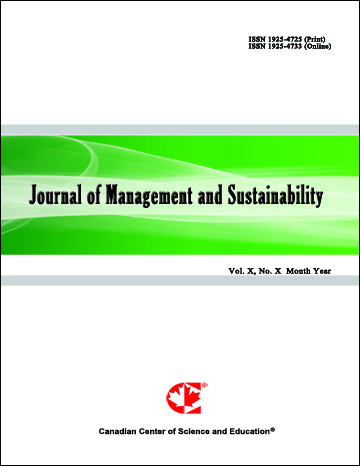Three Ownership Scenario Analyses of a Historic Site Management: Lessons Learned from a Historic Mill
- Vishakha Maskey
- Alan Collins
- Cheryl Brown
Abstract
Historic buildings have public attributes due to a diverse set of social values held by the general public, and maintaining them represents economic sustainability and a sense of place. Privately owned, profit driven historic places may generate these social values, but not capture them, thereby reducing the incentive to preserve (Navrud and Ready 2002). However, public ownership may account for the social benefits and enhance historic preservation. The objective of this paper is to examine how these social values impact benefit-cost analyses under three property right scenarios: private, non-profit, and public ownership. The historic site considered in this study is an agricultural grist mill (Reckart’s Mill) in Preston County, West Virginia, USA. Analyses are evaluated under two cases: (1) a base case and (2) optimistic use and social value assumptions (upper case).
The results suggest that private ownership is not economically feasible under either case. Only public ownership is economically efficient under optimistic assumptions and a 4% discount rate. These results can be used as a basis for evaluating the appropriate property rights allocation of historic buildings, and could be expanded to other historic places under similar circumstances.
- Full Text:
 PDF
PDF
- DOI:10.5539/jms.v3n2p1
Journal Metrics
Google-based Impact Factor (2021): 1.54
h-index (July 2022): 37
i10-index (July 2022): 147
h5-index (2017-2021): 12
h5-median (2017-2021): 19
Index
- Academic Journals Database
- ANVUR (Italian National Agency for the Evaluation of Universities and Research Institutes)
- CAB Abstracts
- CNKI Scholar
- EconBiz
- Excellence in Research for Australia (ERA)
- GETIT@YALE (Yale University Library)
- Harvard Library
- HeinOnline
- Infotrieve
- JournalTOCs
- LOCKSS
- MIAR
- PKP Open Archives Harvester
- RePEc
- Scilit
- SHERPA/RoMEO
- Stanford Libraries
- UCR Library
Contact
- Evelyn XiaoEditorial Assistant
- jms@ccsenet.org
